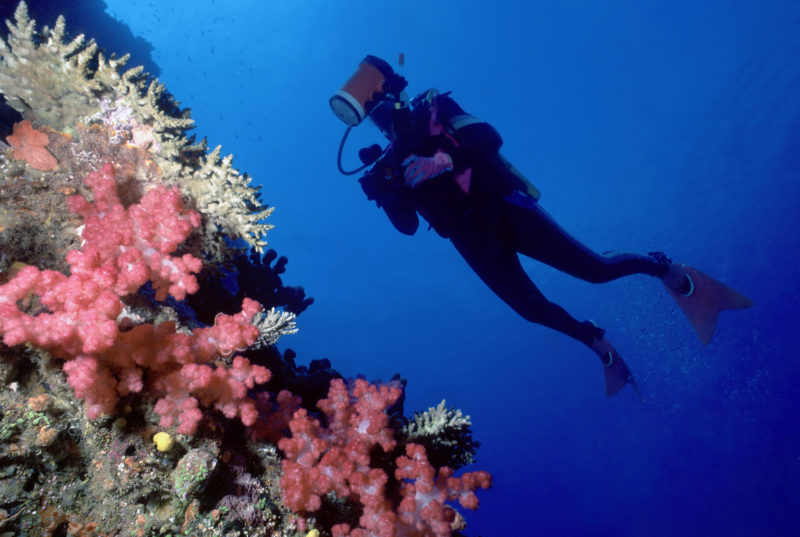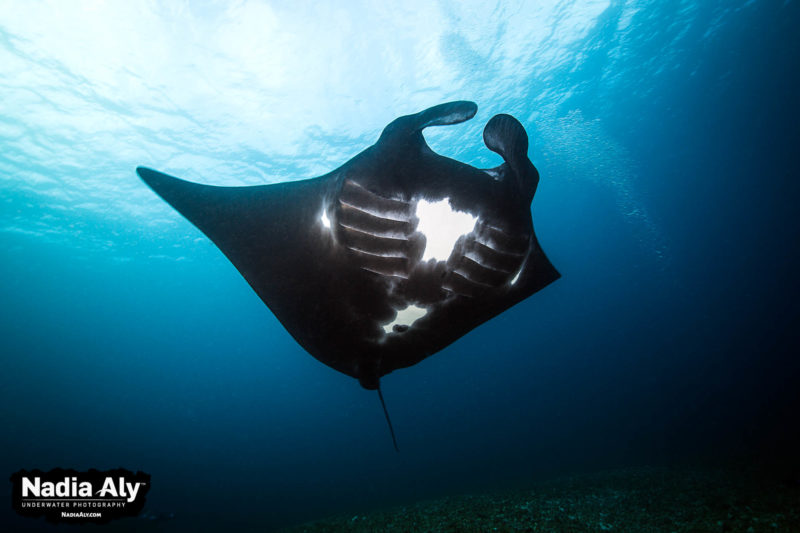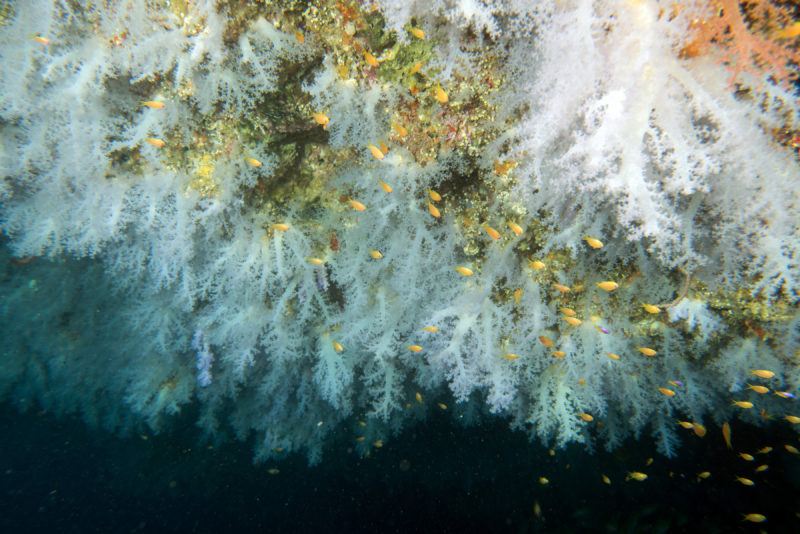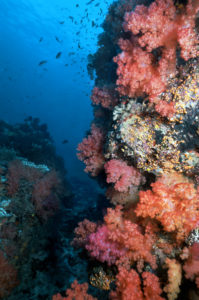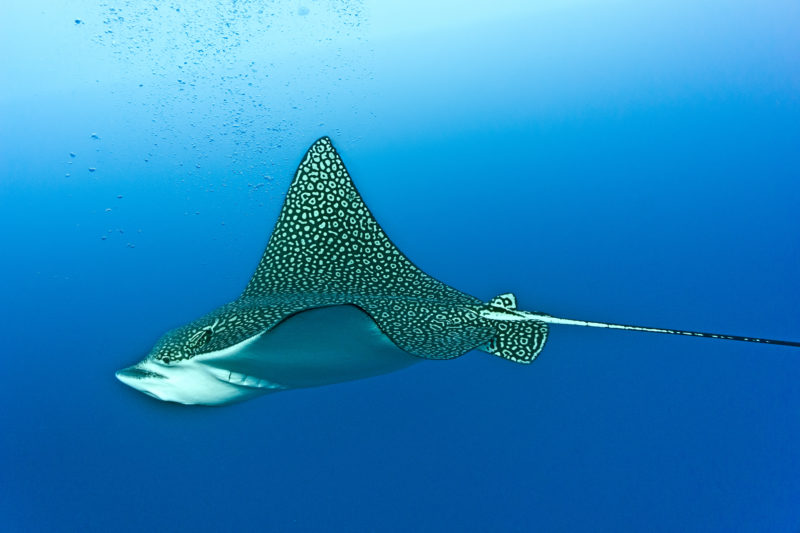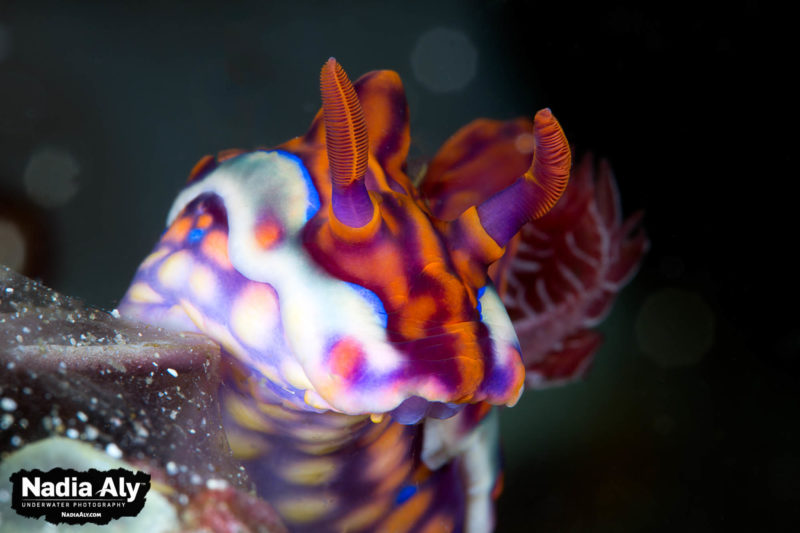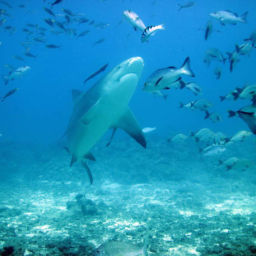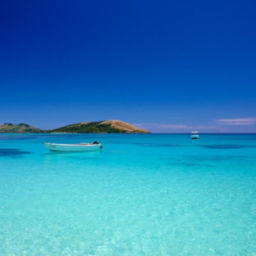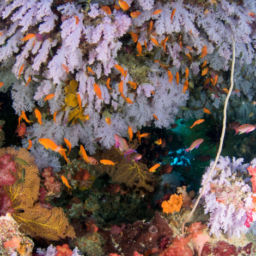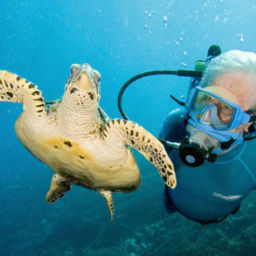Scuba diving in Fiji is on many divers’ bucket lists, and rightly so. There are a multitude of Fijian islands to explore, all offering warm water, great visibility, varied dive sites and plenty of sunshine in a tropical paradise. The best scuba diving in Fiji features some of the world’s best soft-coral dives; a variety of shark dives, including tiger and bull-shark dives; dives with other large pelagic species; and both shore-based and liveaboard options. With its world-famous hospitality, Fiji is perfect for all ages and divers of any experience level.
The main diving season in Fiji is from April to October but diving is possible year-round. Visibility is best during the winter, from July to September, when the water temperature is about 68 F (20 C). The summer rainy season, from November to March, features water temperatures of 82 to 86 F (28 to 30 C). Wetsuit thickness of 3 to 7mm is sufficient, depending on season and cold tolerance. With that said, here are our top picks for the best scuba diving in Fiji.
Shark Reef Marine Reserve
Where is it: Beqa Lagoon, Viti Levu
What makes is special: Shark Reef Marine Reserve began 2004 in association with Beqa Adventure Divers, and offers one of the top shark dives in the world. It is not to be missed and a day’s diving here (two dives) will regularly include seeing more than 20 bull sharks, whitetip reef sharks, blacktip reef sharks, sicklefin lemon sharks, tawny nurse sharks and, if you’re lucky, a tiger shark.
Details: Beqa Dive Adventures is the main dive operator for shark diving here. The shark dives are suitable for all experience levels, despite a dive depth of 98 feet (30 m). This dive operator has a special dispensation from PADI, thanks to their excellent safety procedures and diver supervision, which allows them to take divers of limited experience to this depth. Divers must wear full-length wetsuits and no special equipment is needed.
Barefoot Manta Island
Where is it: Southern Yasawa Islands
What makes it special: The Yasawa Islands have fewer tourists and dive boats than other areas of Fiji and offer pristine reefs and coral-garden dives. There are many dive sites at Barefoot, but the mantas are the main attraction. The rays visit the channel off Barefoot’s most northern beach to feed, and diving with them is possible during their season (see below). Barefoot also has shore-based dives for new divers, open-water courses, and cave dives. Snorkeling safaris are also available.
Details: The main manta season is from April to October each year. Try the Barefoot Collection to book diving and accommodation on Barefoot.
Somosomo Strait
Where is it: Taveuni
What makes it special: Sososomo Strait is responsible for Fiji’s reputation as the soft-coral capital of the world. Divers come from around the globe to see the colorful corals of Taveuni. There are about 12 dive sites to explore; Rainbow Reef and the Great White Wall are two of the best-known. The vertical Great White Wall is at 82 feet (25 m) depth and covered in white coral that disappears into the depths. The Rainbow Reef is a large site consisting of several coral bommies, covered with soft corals in all shades. Dive depth at this reef varies from 29 to 65 feet (9 to 20 m).
Details: Dives on the Great White Wall and Rainbow Reef depend on tides, currents and nutrient levels in the water, which affect the soft-coral activity. Somosomo Strait is suitable for experienced divers. For the best visibility and to avoid choppy seas, visit from April to October. Mantas frequent the area from November to May and you’ll spot the occasional humpback whale from July to September. Liveaboard and dive resort options are available. Try Siren Fleet or Taveuni Dive Resort.
Great Astrolabe Reef
What makes it special: The Great Astrolabe Reef, on the south side of Kadavu Island, is about 62 miles (100 km) long. This diverse reef offers hard-coral dives with drop-offs, pinnacles, rocky seabeds and manta-ray cleaning stations. There are also fringing reefs around Kadavu and a large variety of fish life on nearly every dive. Dive sites at Kadavu are easily accessible from the local resorts, and have variable currents and depths ranging from 16 to 130 feet (5 to 40 m). The variety of dive sites here makes Kadavu suitable for novice and experienced divers and diving is possible year-round.
Details: The best time visit is from November to April, when the south side of the island is drier and calmer. This area is windy and seas are choppy from August through October, making dives more challenging.
Bligh Water
Where is it: Koro, Wakaya and Namena Islands in the Koro Sea
What makes it special: Bligh Water contains many reefs and over 25 dive sites, including Nigali Passage and E-6. Nigali Passage is a drift dive along a long trench, where divers will see lots of grey reef sharks, as well as occasional hammerheads. Divers may also spot schools of trevally, eagle rays and manta rays during this dive. E-6 is a remote site, which divers rarely visit. The seamount here rises from over 2,953 feet (900 m) to just below the ocean’s surface. The pinnacle is home to large pelagic species such as barracuda, eagle rays and hammerheads and is exceptionally colorful. There are a multitude of reef fish species here as well, including leaf scorpionfish and fusiliers.
Details: It’s possible to dive the Koro Sea year-round and it’s accessible primarily via liveaboard. Dives are suitable for experienced divers only, with depths ranging from 16 to 130 feet (5 to 40 m). Try Siren Fleet.
Namena Marine Reserve
Where is it: South of Savusavu
What makes it special: The reefs here are relatively unexplored, offering abundant marine life and coral gardens near an idyllic island setting. There are thousands of fish and invertebrate species to see and various dive sites to explore. Namena is also a migratory pathway for various whale and dolphin species. Those looking for macro and invertebrate diving should dive Chimneys; two bommies covered in soft coral at 65 feet (20 m) with a 131-foot (40 m) swim break between them. Garden eels populate the ocean floor nearby. Those looking for bigger animals, like grey reef sharks, tuna, wrasse and snapper should explore Grand Central Station, a wall dive at 98 feet (30 m).
Details: Namena dives are mostly suitable for intermediate to experienced divers. Try Namena Divers or Jean-Michel Cousteau Resort.


